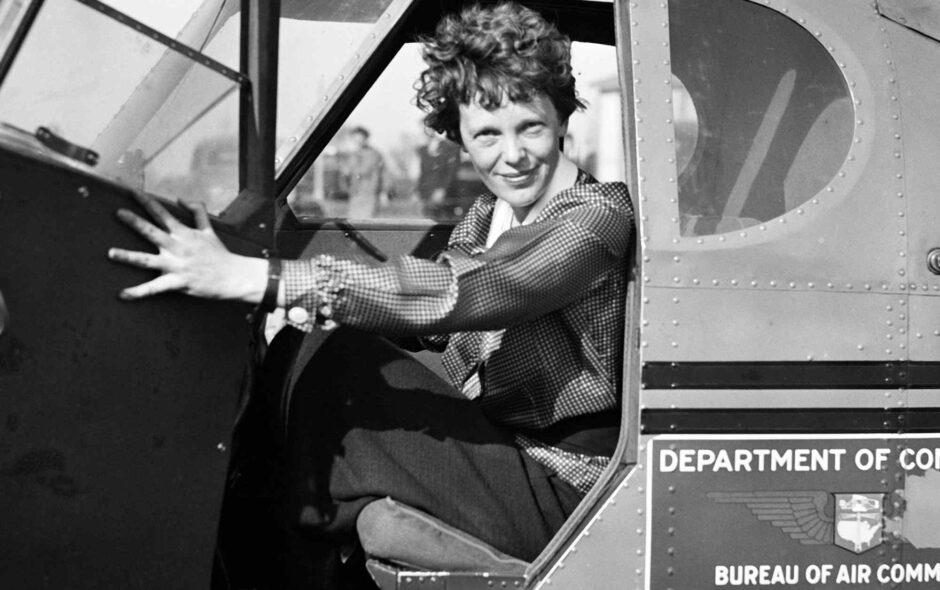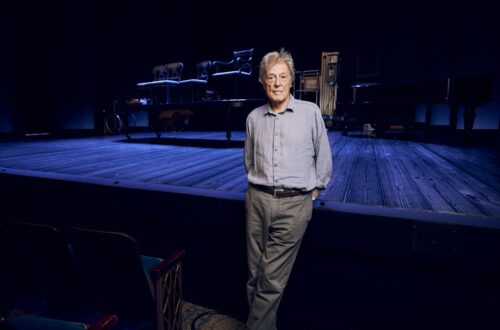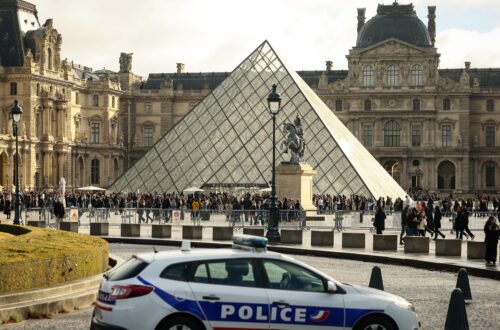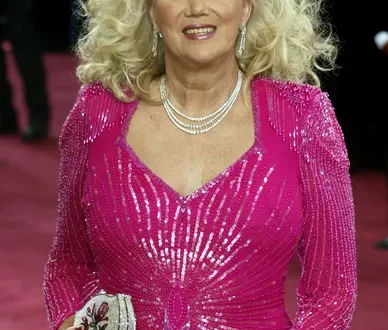Researchers are gearing up for a potentially historic mission this November to Nikumaroro Island, guided by fresh evidence that could finally solve the 88-year-old enigma of Amelia Earhart’s disappearance.
Satellite imagery from 2015, taken after a cyclone, has revealed an unusual shape just beneath the sands of a lagoon on Nikumaroro in Kiribati—roughly matching the size and contour of Earhart’s Lockheed Electra 10E.
The object is strategically located along her planned flight path from Lae, Papua New Guinea, to Howland Island—and aligns with locations where her distress calls are believed to have originated.
This is a joint mission by the Purdue University Research Foundation (where Earhart once taught) and Oregon’s Archaeological Legacy Institute (ALI).
Departure is planned for November 5, sailing from Majuro (Marshall Islands) to Nikumaroro. The team will spend approximately five days surveying the boggy shoreline with advanced imaging tech and autonomous vehicles.
The mission is called the “Taraia Object Expedition,” aiming to determine if the site contains Earhart’s Electra. Should preliminary confirmation be made, a full-scale excavation is expected in 2026.
Purdue has allocated $500,000 to support the project, honoring both historical ties and Earhart’s own wish to return the Electra to campus for educational use.
The university sees this as a unique opportunity both to close a legendary aviation chapter and rekindle student inspiration through her legacy.
Small American-made tools, a medicine vial, and a purported 1930s makeup jar (possibly Earhart’s) were previously discovered.
The “Nikumaroro hypothesis” — that Earhart crash-landed rather than lost at sea — has been under investigation since TIGHAR’s explorations beginning in the 1990s.
Ric Gillespie, head of TIGHAR, and others doubt the satellite image shows anything more than a coconut rootball or natural debris—and prior high-tech undersea scans (e.g., Ballard-led) found nothing.
A confirmed discovery would rewrite history: transforming Earhart’s story from mystery to closure, offering definitive proof of her fate.
Recovery of the Electra could yield valuable insights into aviation history, technology from the 1930s, and Earhart’s personal journey.
It could also validate the Nikumaroro hypothesis, overshadowing alternate theories such as sea crashes near Howland Island or landings elsewhere like New Britain.
For Purdue and aviation scholars, bringing the aircraft back would fulfill Earhart’s own vision and likely revive scholarly and public interest in her legacy.
The success of this mission hinges on what the team uncovers this November. If they confirm tantalizing leads, a full-scale recovery effort in 2026 seems likely—and a major archival and museum opportunity would follow. If not, the mystery may deepen—but the search continues with renewed vigor.




